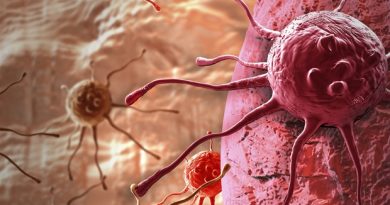New CDC study details county-level distribution of seven diseases spread by blacklegged ticks: Expanded tick, pathogen surveillance improves mapping of tickborne disease risk
As surveillance for ticks and the disease-causing germs they spread improves, so does Americans’ access to knowledge about where the risk of tickborne disease is greatest.
“The more we look for ticks and tickborne pathogens, the more we find — and the more information we have to help protect people from the diseases ticks spread.” says Erik Foster, MS, BCE., medical entomologist in the U.S. Centers for Disease Control and Prevention’s Division of Vector-Borne Diseases. Foster and CDC colleagues have assembled that surveillance data into a new report, published May 18 in the Entomological Society of America’s Journal of Medical Entomology. The report offers up-to-date county-level maps of both where blacklegged ticks are prevalent and where they’ve been found infected with any of seven different disease-causing germs, or pathogens.
Of all diseases transmitted to humans by insects and related arthropods, those spread by ticks account for more than 75% of infections reported every year. The maps provided in the new CDC study are important for raising awareness both among the public and healthcare providers about the tickborne diseases present in their communities and the signs and symptoms to look for in patients. Making that possible is CDC’s growing national tick and tickborne pathogen surveillance program, launched in 2018.
Previously, knowledge of the distribution of ticks and tickborne human pathogens was limited to data shared by local public health agencies or in academic research.
“Collection efforts were not standardized, and data were often lost because there was no national repository for such information,” Foster says.
Since 2018, CDC has established a nationwide program that guides local agencies and academic partners on tick surveillance and pathogen testing and gathers all that data in one place.
Source: Read Full Article



